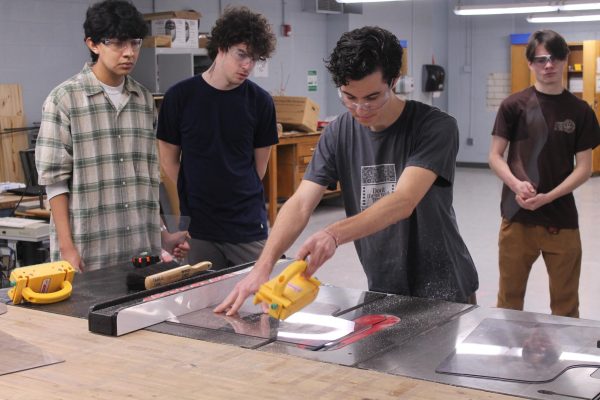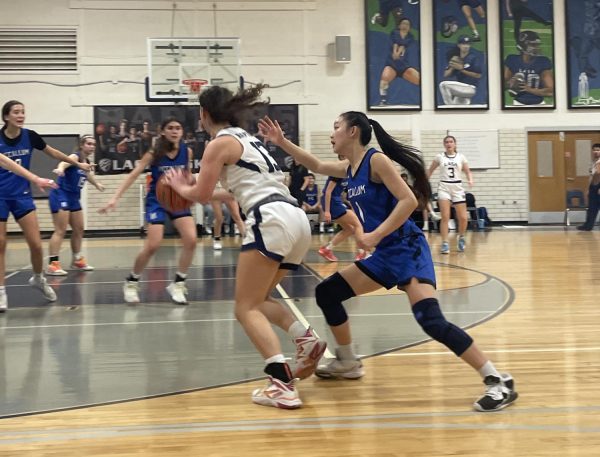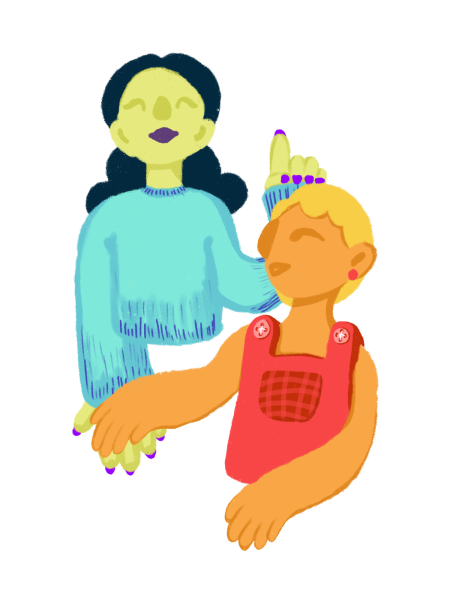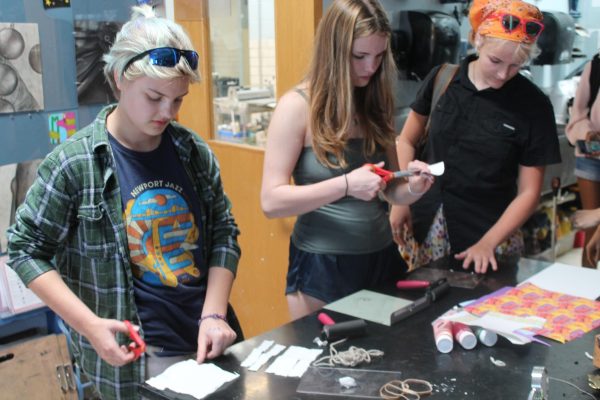Winx Club Reboot
February 24, 2021
If you grew up in the early 2000s, you will most likely remember the popular Italian-American animated kids show, Winx Club. Winx Club is a story about six fairies in school, and together, they save the universe from dark powers with their own magical powers, style, and friendship. Unlike the original show, Fate: The Winx Saga is a dark angsty teen show filled with its share of bad CGI action scenes which, in fact, shares few elements with the original.
Netflix’s live action remake of the still-popular Winx Club was released on January 22nd as a darker and more angsty version of the original. They took this approach with Fate: The Winx Saga in the hopes of appealing to the grown up fans who loved Winx Club as kids, but many fans have been frustrated with the choices Netflix made. Some of these choices included the nonexistence of very popular characters, fairy wings, and the originally racially diverse cast.
Winx Club follows the story of Bloom, who lives in the human world, but once she discovers she has magical powers, she goes to Alfea School for Fairies to learn to control her powers as the Fairy of the Dragon Flame. There she meets Stella the Fairy of the Shining Sun, Musa the Fairy of Music, Flora the Fairy of Nature, Aisha the Fairy of Waves, and Tecna the Fairy of Technology. Together, they are the Winx Club, and they fight the villainous trio The Trix and many other villains.
Fate: The Winx Saga starts similarly, as Bloom lives in the human world until she almost kills her parents with her strange powers. She arrives at Alfea and makes friends with Musa, Terra, and Aisha. Tecna is nowhere to be found in the remake along with other characters like Roxy the Fairy of Animals. Flora has been replaced by Terra, who is said to be Flora’s cousin, and has similar powers. The Trix has also been replaced by one evil character, called Beatrix.
However, these substitutions are not without controversy. Musa, who was East Asian in the original, has been replaced with a white actress, and Flora, who was Hispanic, has been replaced with her cousin, Terra, who is also played by a white actress. These substitutions left the main cast with only one racially diverse character, Aisha.
While this show is an entertaining watch, not much thought and care seems to have gone into it, like it was made with the same cookiecutter used to make Twilight, The Vampire Diaries, and other angsty young-adult books and movies. The show is focused mostly on Bloom with a few appearances from the other girls to just move the plot along and to add some boy drama. As always in YA media, Bloom fits the trope as the girl who’s not like other girls, because she is antisocial and rebellious. She is the new girl at Alfea, immediately makes friends, and gets hit on, and, as if her character couldn’t be any more like Bella Swan from Twilight, she is also involved in a love triangle with Sky, and his ex-girlfriend Stella.
All of the characters in this show are reduced to stereotypes, including the mean, misunderstood blonde with family issues, the shy, bullied fat girl, the bad boy bully, the popular cute boy, the loner, and the guy struggling with his sexual identity. Like any group of teenagers, the characters are struggling with romance, fighting with parents, and finding out who they are. Continuing with the trope of teen issues, their powers are also linked with their emotions and being angry makes their powers come out.
Throughout the show, there is bad CGI of the girls’ powers, magic in the world they are in, and of the evil beings called the Burned Ones that seem like a combination of dementors from Harry Potter and the demogorgon from Stranger Things. Because of budget reasons, the fairies are without their defining feature: wings. The lack of wings makes the show seem even less about fairies, and they tried to make some cheap excuse during the dialogue of the show when they explain that fairies used to have wings, but they have evolved.
Overall, this show reminded me way too much of a fanfiction of the original Winx Club. It shared the same character names and same powers, but other than that it was pretty much all over the place while still labeling itself part of the ‘Winx Saga’. Netflix took the diverse, stylish, Barbie-like fairies and their friendship, and turned it into a darker young adult TV show filled with romance, powerful magic, stereotypical characters, and a whitewashed cast with no sense of direction.






